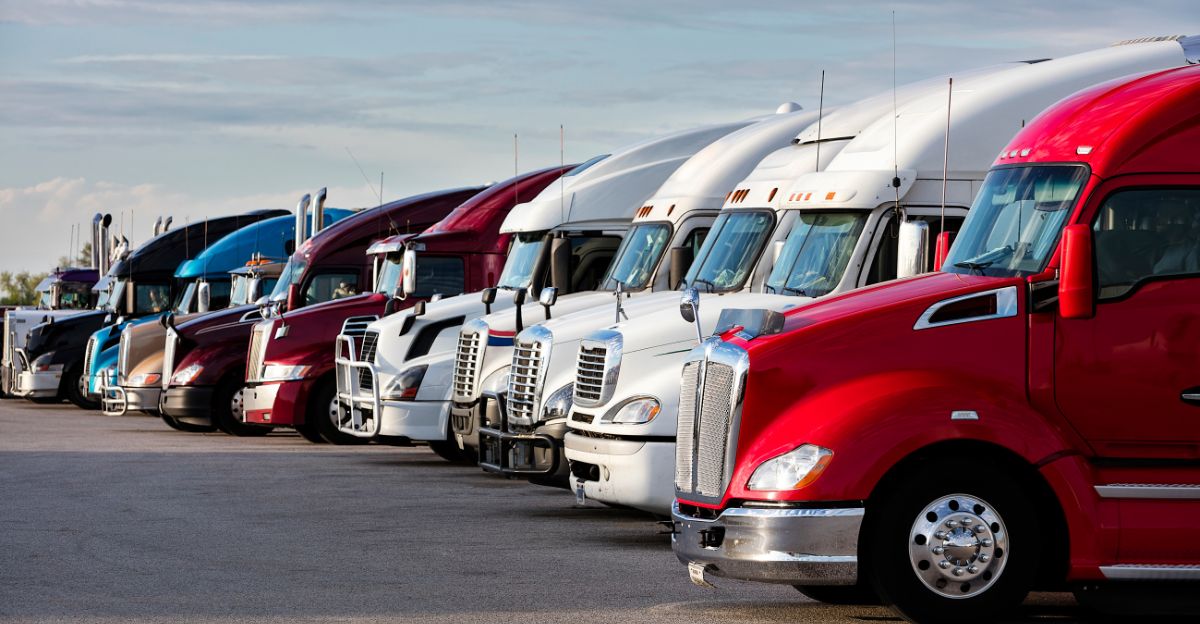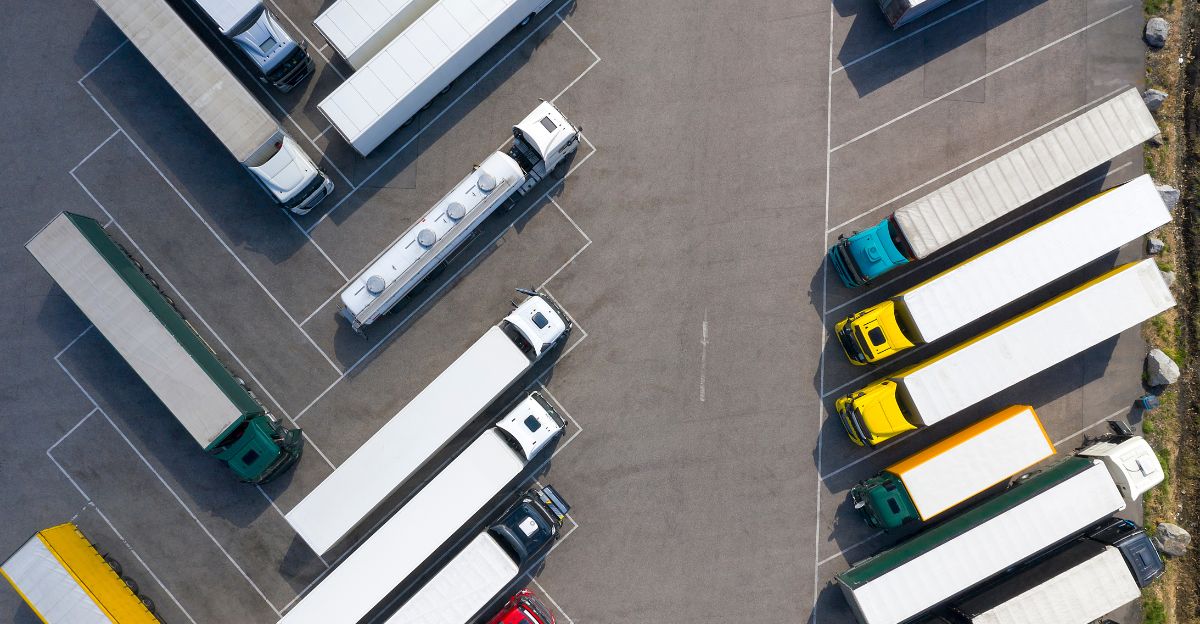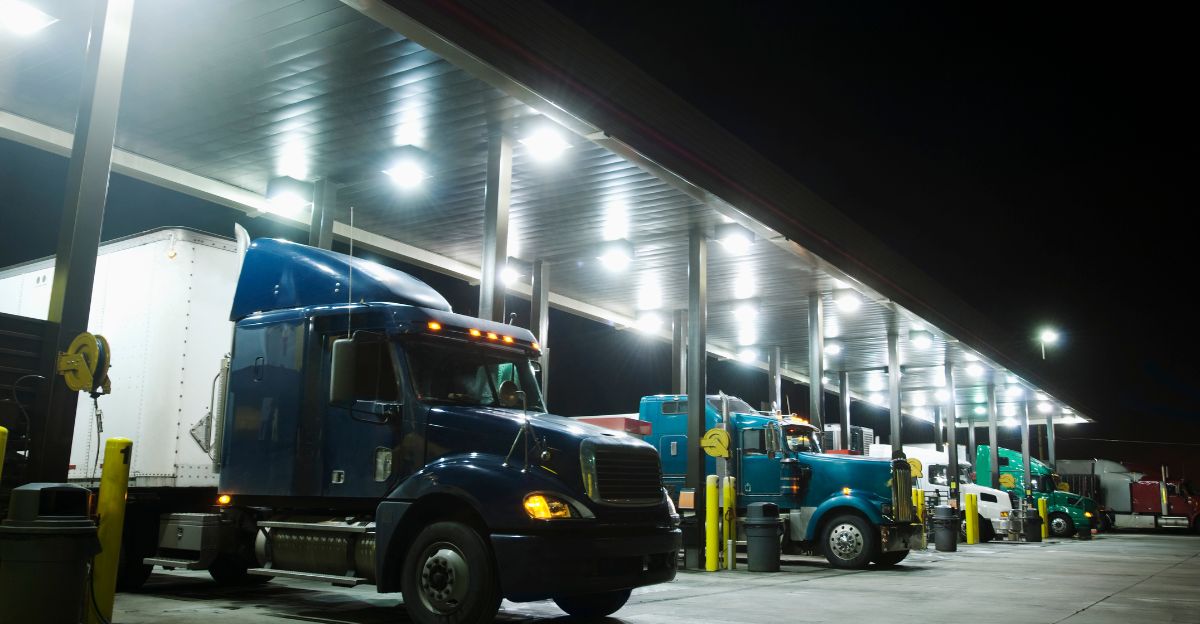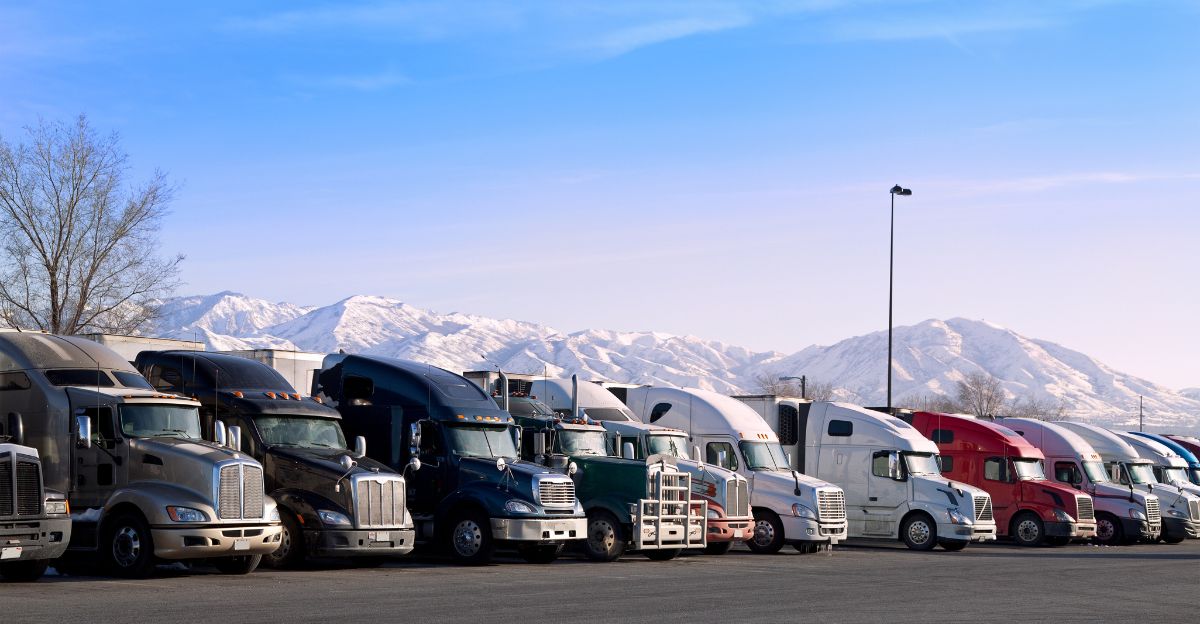
On November 12, 2025, the I-35 corridor in Gainesville, Texas, was jolted by the sudden closure of Truckers Paradise, a massive truck stop that had once promised to redefine life on the road. Overnight, a bustling hub for thousands of drivers became a deserted shell, leaving employees, truckers, and local businesses scrambling for answers and alternatives.
A Grand Vision Unravels
Truckers Paradise opened with a soft launch on November 8, 2024, with bold ambitions. The facility, converted from a former outlet mall, boasted fuel stations, multiple restaurants, lounges, and entertainment options, all designed to offer truckers a “home away from home.” The project drew attention as the largest truck stop in America, aiming to set a new standard for roadside services.
Yet, beneath the surface, financial instability was already taking root. By mid-2025, warning signs multiplied: employees reported delayed paychecks, and the operation struggled with mounting costs. CEO Dean Ash cited “unexpected delays and cost overruns” to explain the company’s difficulties, but these explanations did little to stem the growing crisis. The operation’s cracks widened as the year progressed, culminating in a breaking point when the property’s landlord, Thirty-Five & Liberty, issued an eviction notice after months of ongoing litigation. With financial struggles mounting and legal disputes intensifying, Truckers Paradise was forced to close its doors abruptly—one day short of the one-year anniversary of its soft opening.
Ripple Effects Across the Region

The closure sent shockwaves through the regional trucking industry. Truckers who relied on the facility for fuel, food, and rest now faced the loss of a major service hub along the I-35 corridor. The loss of such a large facility disrupted logistics for drivers and freight companies managing tight schedules.
Local businesses also felt the impact, as the steady flow of truckers that had supported surrounding establishments diminished after the closure.
Personal and Financial Fallout

For the employees of Truckers Paradise, the shutdown was more than a business failure—it was a personal crisis. Several employees filed complaints after not getting paid for weeks. Many workers reported being owed thousands of dollars in unpaid wages, with some still waiting for checks that never arrived. The abrupt closure left families in financial limbo, struggling to cover basic expenses after months of uncertainty.
Industry Challenges and Competitor Strain

The downfall of Truckers Paradise underscored broader challenges facing the trucking industry. Rising operational costs, uncertain investor confidence, and complex business models have made it increasingly difficult for truck stops to maintain financial stability—even as freight traffic continues to grow. Many industry experts warn that the thin profit margins and volatile investment climate make large-scale ventures especially risky.
Uncertain Future and Lessons Learned

As of September 2025, city and county officials in Fresno, California and a suburb of Wichita, Kansas had expressed interest in similar concepts. However, it remains unclear whether Truckers Paradise will reopen or in what form future development may take.
The collapse of Truckers Paradise stands as a cautionary tale for the trucking sector. It raises pressing questions about how to balance ambition with financial sustainability and how to ensure reliable services for the drivers who keep the nation’s supply chains moving. As the industry looks ahead, the lessons of this high-profile failure may shape the future of roadside services for years to come.



